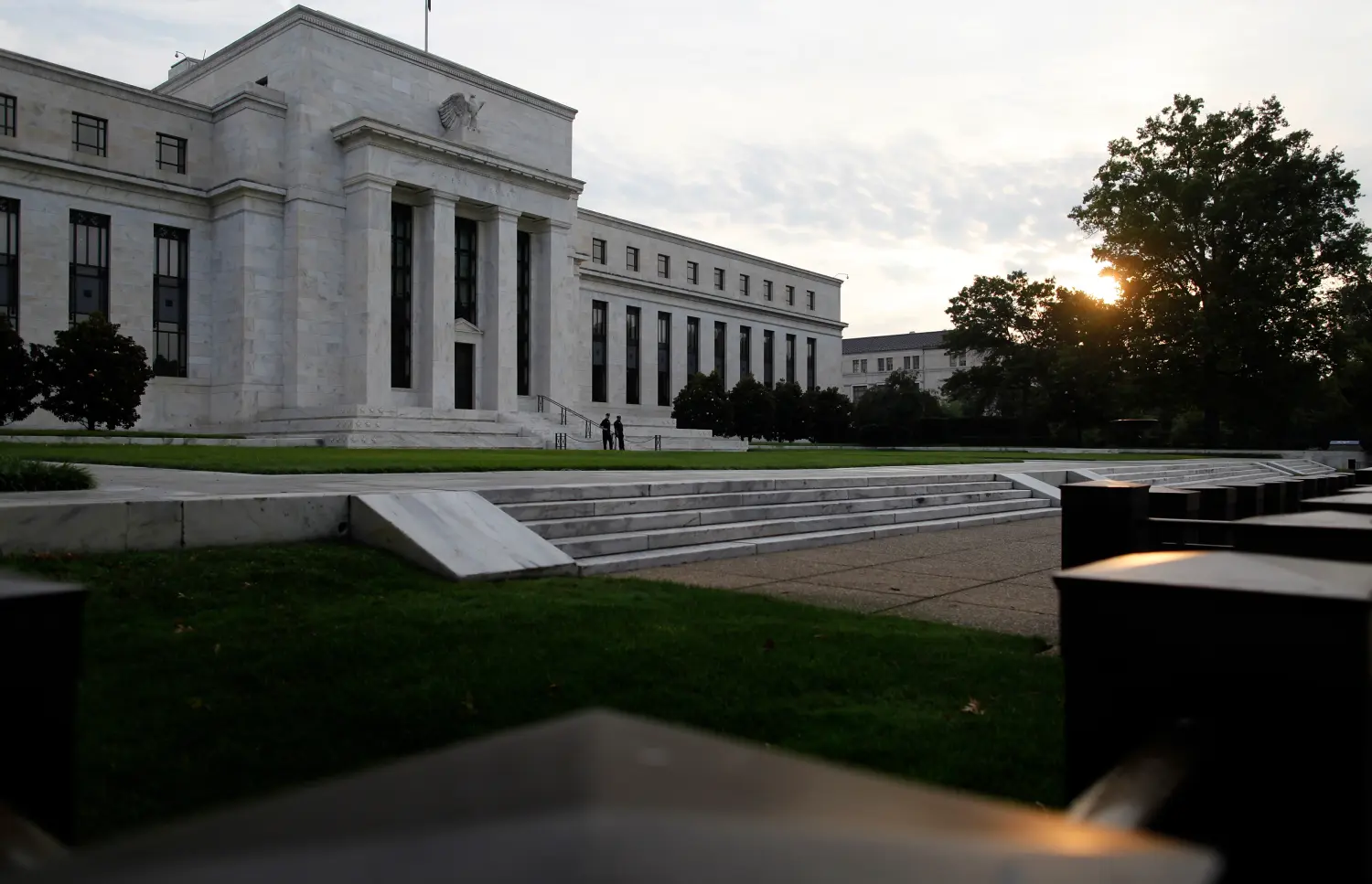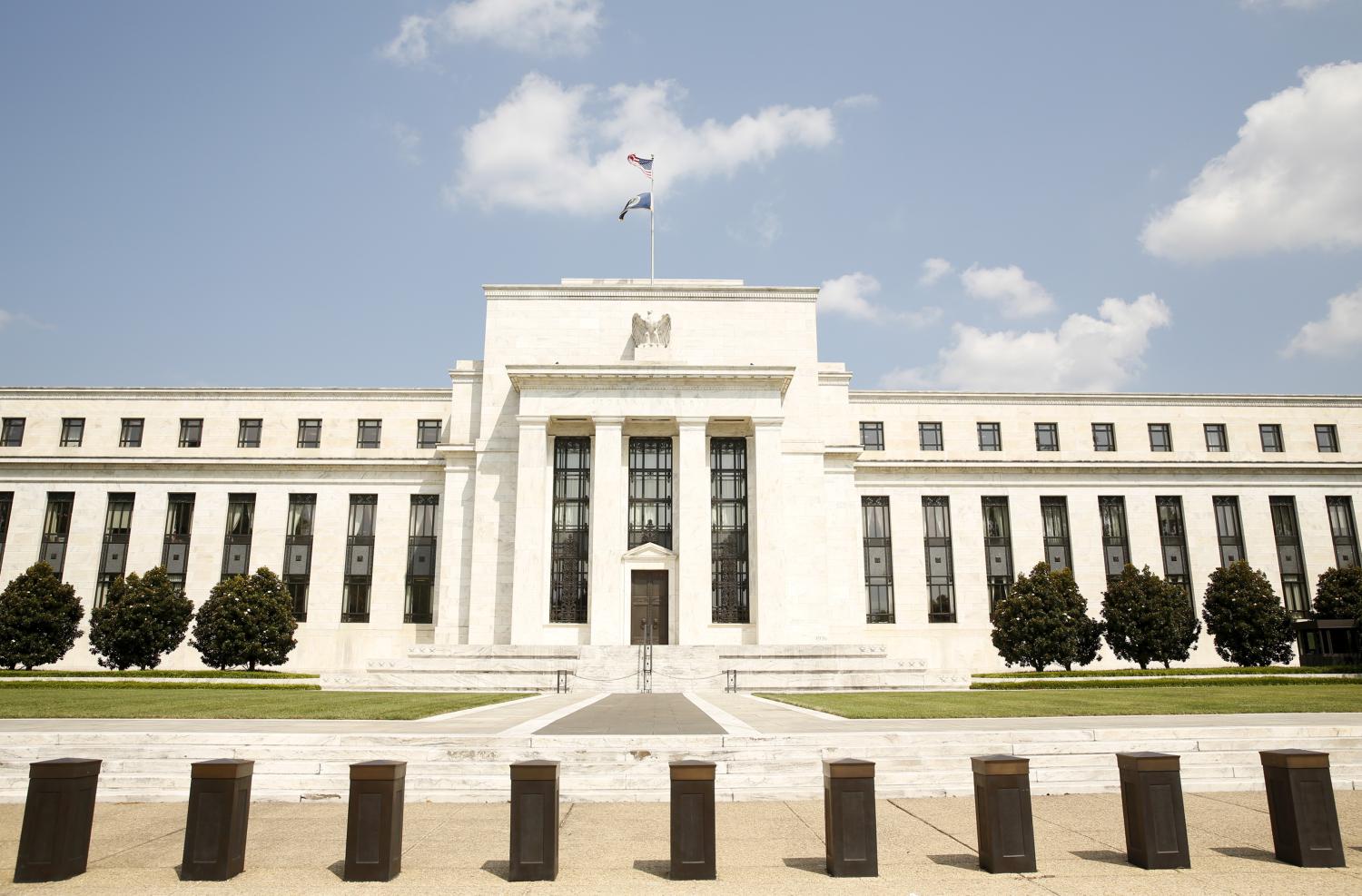In “Monetary Policy at the Zero Lower Bound” author Williams, who has been president of the Federal Reserve Bank of San Francisco since March 2011, wrote that the Federal Reserve should prepare for possibility that interest rates will hit zero again sometime in the future. Central bankers should not assume that episodes in which short-term interest rates go to zero – the “zero lower bound” – will be infrequent or short-lived. Williams observed that the depth and duration of the recent recession appear extraordinary compared to the U.S. economy’s postwar experience, but a broader look at economic history around the world shows that such deep and long-lasting downturns aren’t all that rare.
Williams highlighted the pre-crisis research on such episodes that guided the Fed during the crisis and the unexpectedly prolonged period of zero rates, including explicit public statements by the Fed about the course of future interest rates (known as “forward guidance”) and the Fed’s large-scale asset purchases (often called “quantitative easing”). He details the early difficulties the Fed had in persuading markets and the public that it intended to hold short-term rates low for a long time, although ultimately he believes the guidance proved “highly effective.” Reviewing academic evaluations of large-scale asset purchases, Williams finds a consensus that they have “sizeable effects” on reducing long-term interest rates on U.S. Treasury debt and mortgages, but that there “remains a great deal of uncertainty about the magnitude of these effects and their impact on the overall economy.”
He further identifies three key unresolved issues related to the zero lower bound:
- Should central banks target something other than the inflation rate, such as the price level or nominal Gross Domestic Product, to better anchor market and public expectations of Fed policy?
- Should large-scale asset purchases be a standard tool when a central bank hits the zero lower bond, and if so how should they be implemented?
- Does the 2 percent inflation target that major central banks have adopted provide “a sufficient cushion to allow monetary policy to successfully stabilize the economy and inflation in the future” or would a higher target be wiser?
The Brookings Institution is committed to quality, independence, and impact.
We are supported by a diverse array of funders. In line with our values and policies, each Brookings publication represents the sole views of its author(s).



